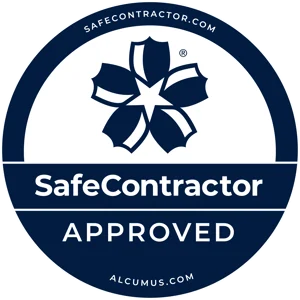ABC PEST CONTROL
CALL US NOW ON
0800 5118129 OR 07970 454573
Same Day Service
Free Quote and Survey
Unmarked Vehicles
COSHH Assessment
on
Bird Faeces, Debris and Nesting Materials
This assessment is carried out by virtue of section 16 of the Health and Safety at Work Act 1974 under the terms of the Control of Substances Hazardous to Health Regulations 1988 Which defines a substance hazardous to health to include:-
1) A micro-organism which creates a hazard to the health of any person.
2) Dust of any kind when present at a substantial concentration in the air.
Product Details
Bird fouling which can include faeces, debris and nesting materials within which can be contained various pathogenic viruses, bacteria, protozoans, nematodes, insects and mites.
| Risk Location | Risk | Action, Precaution, Controls |
| On Site | Ingestion via mouth, nose, skin during inspection or removal. | The build up of bird fouling should be prevented initially by carrying out anti-perch controls, netting and proofing to prevent roosting. Where debris is to be removed, then whenever practical, the areas should be well ventilated. Disturbance during removal should be kept to a minimum. Where debris is to be removed, the following PPE (Personal Protective Equipment) should be worn. 1) An overall covering the whole body, other than the face, hands and feet, of a colour which produces a noticeable contrast if contaminated by the fouling materials. 2) A hat to prevent contamination of the hair. 3) A dust mask to minimum standard BS2091/1969 Type B. 4) Nitrile gloves not less than 300mm in length from the top of the second finger to the edge of the cuff. 5) Protective boots extending from the feet upwards to at least immediately below the knee. Contaminated PPE should be stored in a separate area from uncontaminated materials. PPE Should be checked frequently for wear and tear and replaced or repaired where appropriate. Debris should be stored for removal in sealed plastic bags in a skip with a tight fitting lid. Following the removal of the debris, where appropriate, the area covered should be treated with a suitable residual bactericide and /or insecticide. |
| Transport | Ingestion via mouth or nose. |
Debris should be in a sealed container, as indicated above and ideally transported in a vehicle with separate drivers cabin. |
| Disposal | Ingestion via mouth or nose. |
When transferring waste, care should be taken no to burst bags or open sealed containers. The PPE listed under 'On Site' recommendations should be worn. |
|
'Duty of Care' Environmental Protection Act 1990 |
Debris of this nature is classified as clinical waste and as such should be disposed of under the terms of Part II of the Environmental Protection Act 1990 'Duty of Care'. The only means of disposal of this type of waste is by incineration. Under the 'Duty of Care' obligation, when transferring waste to a registered waste disposer, the waste contractors licence should be checked to ensure they are licensed to dispose of this type of waste. A waste transfer note should be completed and recorded when waste is handed over for disposal. |
